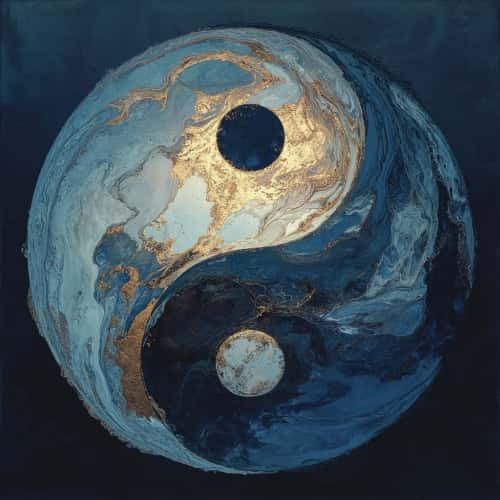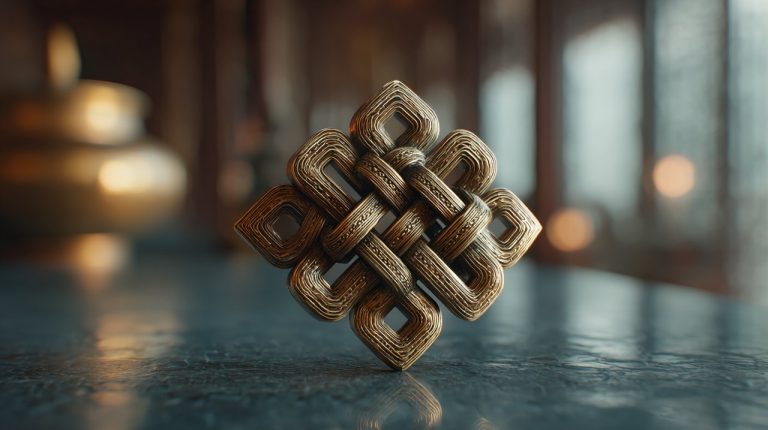Asian Pendants: Tangible Wisdom and Psychological Resonance
Many of us see pendants as nothing more than beautiful adornments, a simple glint of metal or stone. But when we dive into the world of China and Asian pendants, a much richer story unfolds. These aren’t just pretty accessories; they are fascinating expressions of ancient wisdom, serving as powerful psychological tools.
My curiosity always leads me to ask: Why do these objects resonate so deeply with people? It’s not about magic or superstition. Instead, it’s about the intricate dance between symbolism, human psychology, and cultural beliefs. Each pendant can become a subtle partner, quietly shaping our perception and how we interact with the world around us.
The Subtle Power of Adornment
We all know the comfort a familiar object can bring. For centuries, people across Asia have chosen pendants not just for their beauty, but because they believed these pieces could influence luck, offer protection, or boost personal well-being.
Visual Anchors and Affirmation
Think about a pendant worn for protection. Its very presence acts as a constant visual reminder of an intention or belief. This isn’t supernatural; it’s pure human psychology at play! When you glance at your evil eye protection jewelry or touch a Piyao pendant, you’re engaging in a quiet ritual of self-affirmation.
This repeated interaction helps to reinforce a positive mindset, much like a daily affirmation. The pendant essentially becomes a physical manifestation of your desired state, gently guiding your thoughts and actions towards that outcome.
Collective Narratives in Personal Objects
Beyond individual psychology, pendants are deeply woven into the fabric of cultural stories. Take a Koi Fish pendant, for example. It’s not just a fish; it represents centuries of tales about perseverance and success in Chinese culture.
When you wear such a piece, you’re connecting to a vast, shared pool of meaning. This taps into what some call a collective unconscious – a shared understanding of symbols that transcends individual experience. The perceived power of the pendant often comes from this cultural consensus, creating a powerful psychological effect through shared belief.
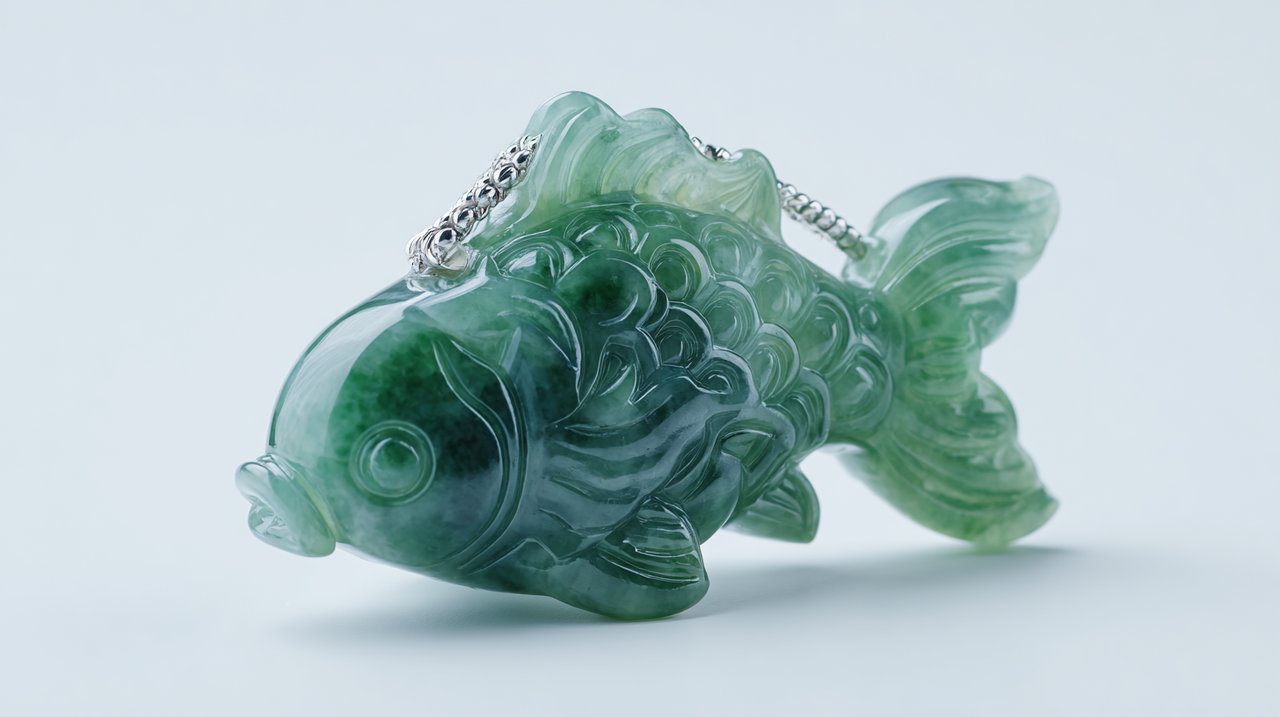
Echoes of Ancestry: Common Asian Motifs
Asian pendants are brimming with meaningful motifs, each one packed with layers of wisdom developed over generations. These aren’t just random designs; they’re powerful visual shorthand for complex ideas and deep aspirations.
Auspicious Creatures: Dragon, Phoenix, and Koi Fish
- Dragon: A potent symbol of strength, prosperity, and good fortune, often linked to imperial power and cosmic energy.
- Phoenix: Represents rebirth, renewal, and auspiciousness, especially in feminine contexts.
- Koi Fish: Symbolizes perseverance, courage, and achievement, particularly in overcoming tough obstacles—a nod to the legend of the carp transforming into a dragon.
These animal motifs go beyond simple images; they are archetypes that resonate with universal human desires for success, renewal, and resilience. Wearing them can subtly serve as a subconscious reminder of these very qualities.
Protective Symbols: Piyao and Dzi Beads
Some pendants are specifically chosen for their protective qualities. The Piyao (or Pixiu) is a mythical creature believed to attract wealth and ward off negative influences. Its widespread popularity comes from a deeply ingrained cultural belief in its effectiveness.
Dzi beads, originating from Tibetan culture, offer another compelling example. Their unique patterns are thought to provide protection, promote good health, and bring spiritual benefits. The belief in their power, passed down through countless generations, creates a profound psychological effect for the wearer.
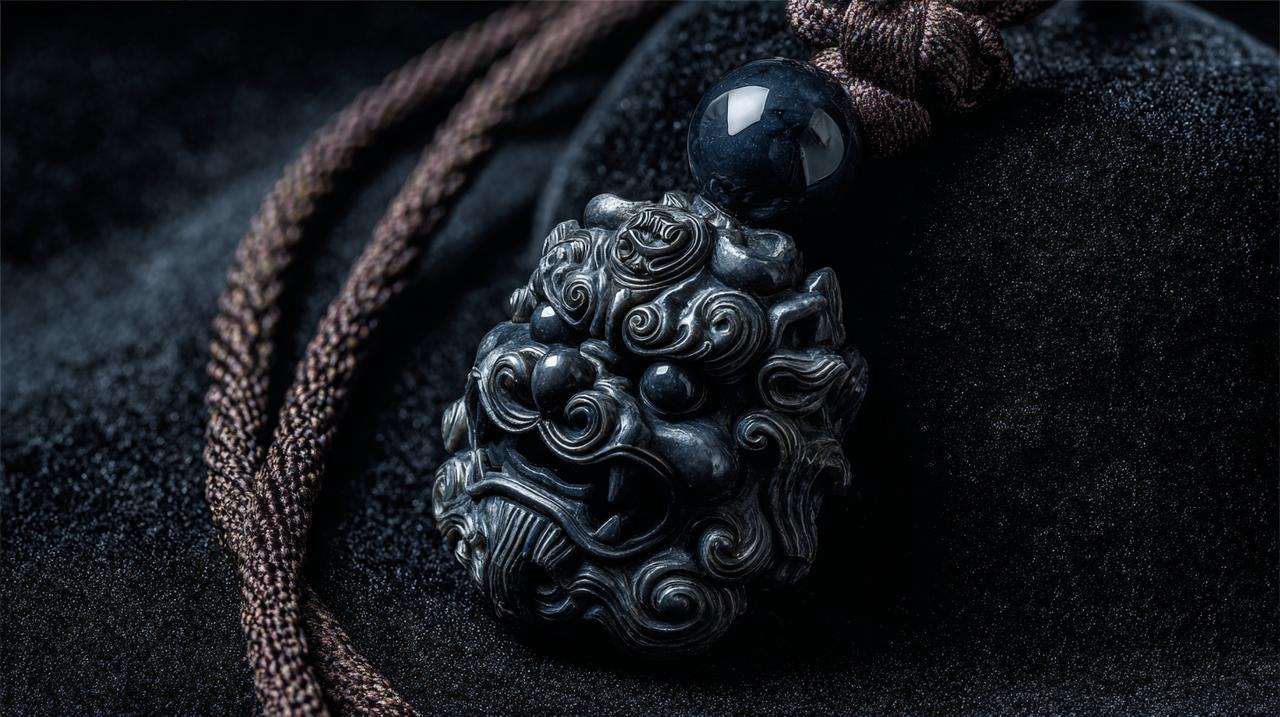
Natural Elements: Lotus, Jade, and Obsidian
Plants and natural materials also carry significant symbolic weight. The lotus flower, for instance, rising pure from muddy waters, symbolizes purity, enlightenment, and rebirth in many Asian traditions. Wearing it can act as a gentle reminder of inner strength and spiritual growth.
Jade, a highly prized gemstone, is practically synonymous with purity, longevity, and harmony. And Obsidian, a volcanic glass, is valued for its protective qualities, often used in healing crystals to help with grounding and deflecting negative energies.
The Material Connection: Gemstones and Perception
The material chosen for a pendant is almost never random. Different gemstones are linked to specific properties, not necessarily because of mystical energy, but because of a long history of cultural associations and shared experiences that shape our collective perception.
Red Agate: Grounding and Vitality
Red Agate is often selected for its perceived ability to bring grounding, stability, and a sense of vitality. Its warm color and solid feel can genuinely evoke feelings of security and strength. For many, wearing it offers a powerful psychological anchor for stability, especially during turbulent times.
This connection often works like a form of sympathetic magic, where the stone’s physical properties—like its hardness or color—are metaphorically linked to desired human traits. The very presence of the stone can then help reinforce these qualities in the wearer’s mind.
Obsidian: Protection and Self-Reflection
Obsidian is a potent stone frequently associated with protection and introspection. Its dark, reflective surface naturally suggests the idea of absorbing negativity and uncovering hidden truths. People who wear obsidian often report a heightened sense of mental clarity and emotional shielding.
This perception perfectly aligns with its visual characteristics: its sharp edges and dark, mirror-like quality can symbolize cutting through illusions and reflecting one’s inner self, encouraging a deeper look at your own patterns and behaviors.
Jade: Harmony and Longevity
Jade holds an almost sacred place in many Asian cultures, particularly in China. It’s cherished for its beauty, durability, and the belief that it brings harmony, balance, and longevity. Wearing jade, often passed down through families, connects you to a lineage of wisdom and well-being.
The smooth, cool touch of jade can be incredibly calming, and its enduring nature beautifully symbolizes resilience. This tangible link to such a revered material can subtly enhance the wearer’s sense of peace and continuity.
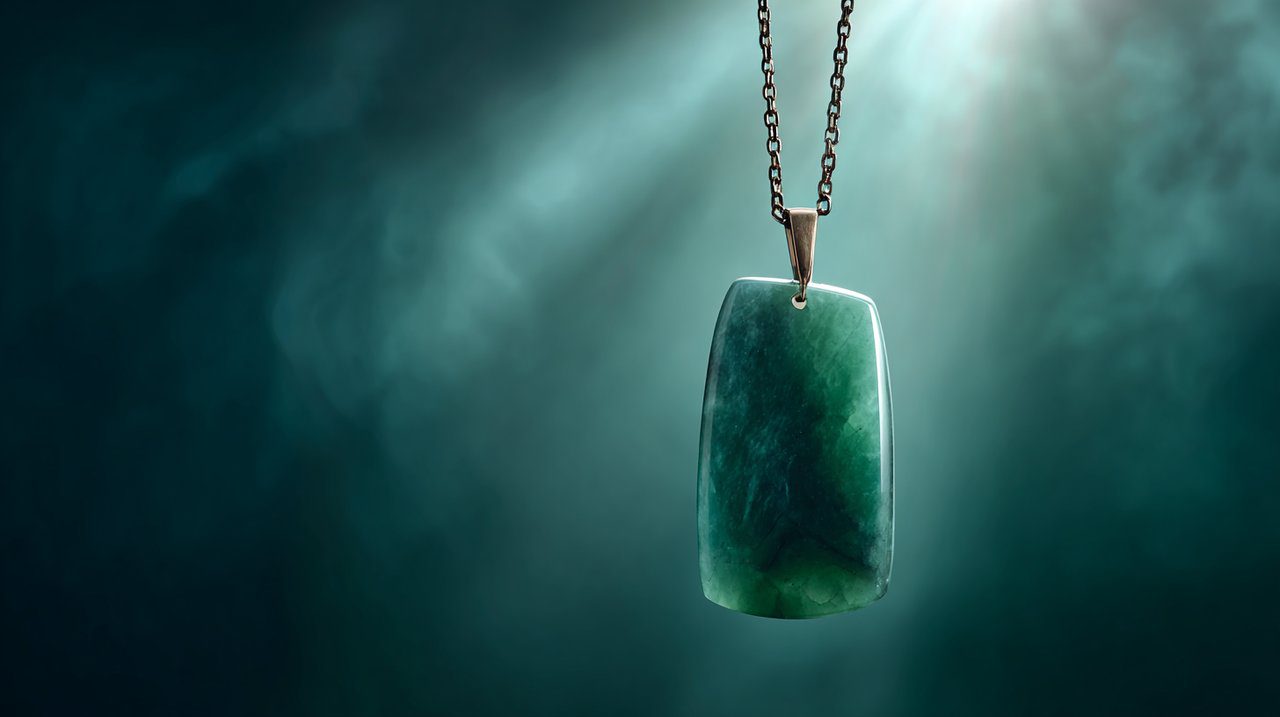
Integrating Wisdom: Conscious Selection
Understanding the deeper dimensions of China pendant and Asian pendant artistry truly allows for a more meaningful engagement with these objects. It transforms them from simple accessories into powerful tools for personal growth and affirmation.
Personal Resonance and Intent
When you’re choosing symbolic jewelry, the most crucial factor is personal resonance. Ask yourself: Does this symbol or material truly speak to me? Does its historical or cultural meaning align with my own aspirations or what I’m going through right now?
From a psychological standpoint, the pendant’s effectiveness absolutely depends on this personal connection and the intent you infuse into it. Selecting a pendant should be a conscious decision, not just an aesthetic one. Think about what qualities you want to cultivate or what intentions you wish to reinforce in your daily life. The pendant then becomes a powerful physical reminder of these goals.
Beyond Superstition: A Modern Approach
Adopting a modern, rational mindset when approaching these ancient symbols doesn’t lessen their power; it actually redefines it. Instead of seeing them as magical talismans, we can understand them as powerful psychological cues and cultural touchstones.
They are tools that help us focus our intentions, remember our core values, and connect with a rich heritage of human wisdom. Whether it’s a Dzi bead for protection or a Red Agate for grounding, the real power comes from the meaning you attribute to it and the positive psychological shifts it encourages.
These are meaningful jewelry pieces precisely because we make them so through our understanding and conscious engagement. By appreciating the layers of history, psychology, and collective consciousness embedded in these beautiful objects, we can choose meaningful jewelry that truly resonates. This thoughtful selection means we’re wearing not just an adornment, but a tangible piece of wisdom that actively supports our well-being and aspirations.
💡 Frequently Asked Questions
Asian pendants are considered more than just beautiful accessories; they are seen as profound expressions of ancient wisdom and powerful psychological tools. Their deep resonance stems from a complex interplay of symbolism, human psychology, and cultural beliefs, rather than magic or superstition.
They function as visual anchors and tools for self-affirmation. By serving as constant reminders of intentions or beliefs, these pendants help reinforce a positive mindset, effectively becoming physical manifestations of a wearer's desired state and subtly guiding their thoughts and actions.
Common motifs include auspicious creatures like the Dragon (strength, prosperity), Phoenix (rebirth), and Koi Fish (perseverance). Protective symbols such as the Piyao (wealth, warding off negativity) and Dzi beads (protection, health) are also popular. Additionally, natural elements like the Lotus (purity, enlightenment), Jade (purity, longevity, harmony), and Obsidian (protection, grounding) carry significant symbolic weight.
The material of an Asian pendant is crucial, as various gemstones are culturally associated with specific properties. For instance, Red Agate is linked to grounding, Obsidian to protection and introspection, and Jade to harmony and longevity. These associations, built over generations, shape collective perception and enhance the pendant's psychological effect on the wearer.
From a modern perspective, the power of Asian pendants is not seen as magical, but rather as stemming from their role as powerful psychological cues and cultural touchstones. They serve as tools to help individuals focus intentions, reinforce core values, and connect with a rich heritage of wisdom, with their effectiveness rooted in the meaning the wearer attributes to them.

